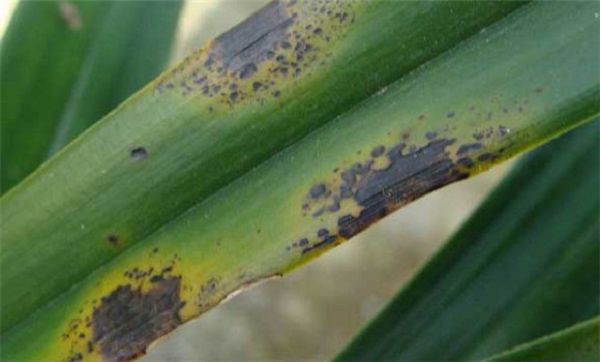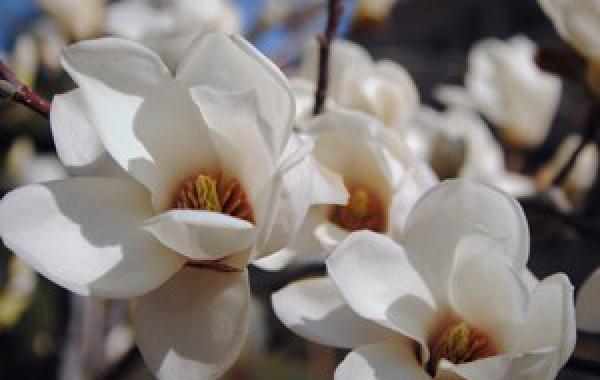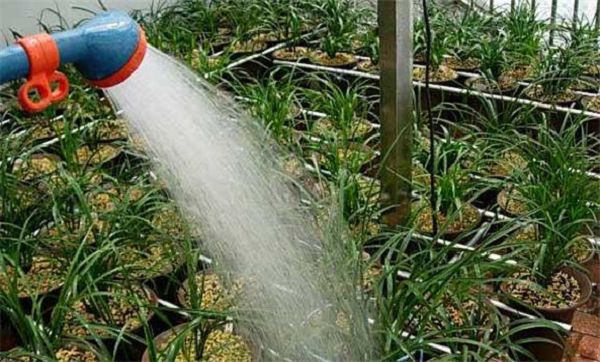Key points of control technology for orchid anthracnose

Anthracnose occurs rapidly in the cultivation and management of orchids, which seriously affects the growth and ornamental value of orchids.
The pathogen of orchid anthracnose
The pathogen of anthracnose is a semi-known fungus of the genus Alternaria, which lives on the remains of parasitic plants. Molecular spores are formed in spring and can be repeatedly infected during the growing period, and the disease is serious from July to August. When the ventilation is poor, the disease is serious when it is harmed by shell insects. In addition, the pathogen overwintered with hyphae in diseased leaf tissue or soil, usually survived for about a year, and was usually spread by diseased plants or diseased soil. in early April every year, old leaves began to fall ill, and new leaves also began to occur in August.
Symptoms of orchid anthracnose
Anthracnose mainly occurs in leaves. The disease spot is dark brown at the beginning, with faded green halo around it. After enlargement, the plaque is oval to striped, the edge is dark brown, the inside is brown, and the spot is slightly raised. Black particles appeared on the disease spot in the later stage, and the black particles could extrude pink colloids under wet conditions, that is, the molecular spore disk and conidia pile of pathogens.
Control methods of orchid anthracnose
For the prevention and control of anthracnose, we should increase the application of phosphorus and potassium fertilizer, control nitrogen fertilizer, and get rid of insects in time. At the initial stage of the disease, 0.3% 0.5% Bordeaux solution or 65% Dysen zinc 800x solution can be sprayed, and it can also be sprayed with 50% carbendazim 800x solution or 70% topiramate 10001500-fold solution, 60% anthrax Fumei 800x solution.
Related
- Is the orchid suitable for indoor use? Is it good for the body?
- How to prevent the empty root of orchids?
- What to do after the crab claw orchid is withered?
- Why are the leaves of orchids always yellow? Fertilizing and watering.
- Can the root of the gentleman orchid be saved if it is rotten?
- Diagnosis and treatment of cotton-blowing beetle insects in Cymbidium
- There is a way for a gentleman's orchid to rot.
- What is the most suitable temperature and humidity for the orchid?
- How to raise a gentleman's orchid? Cultivation techniques of Cymbidium
- How to prepare the nutritive soil for the cultivation of Cymbidium



